Unlocking the Advantages of Polyacrylamide Complex: A Game Changer for Industry Efficiency
Table of Contents
- Understanding Polyacrylamide: The Basics and Industrial Applications
- Key Benefits of Polyacrylamide Complex in Enhancing Efficiency
- Comparative Analysis: Traditional Methods vs. Polyacrylamide Solutions
- Best Practices for Implementing Polyacrylamide in Your Industry
- Future Trends: Innovations in Polyacrylamide Applications and Technologies
- FAQS
- Conclusion
- Related Posts
You know, the industrial world is constantly changing, and honestly, making processes more efficient has never been more important. That's where the Polyacrylamide Complex comes in — it's pretty much a game-changer. This stuff offers a bunch of benefits that really help businesses run smoother. Lately, industry reports are showing that the global market for polyacrylamide could hit around $6 billion by 2025, growing at about 6% annually. Most of that growth is thanks to its increasing use in water treatment and enhanced oil recovery. Here at Qingdao Oubo Chemical, we’ve been around since 2011, focusing on providing top-notch cationic, anionic, and nonionic polyacrylamides to meet all kinds of industrial needs. The Polyacrylamide Complex really shines when it comes to improving things like flocculation, sedimentation, and overall process efficiency — making it a must-have for companies looking to boost productivity without hurting the environment.
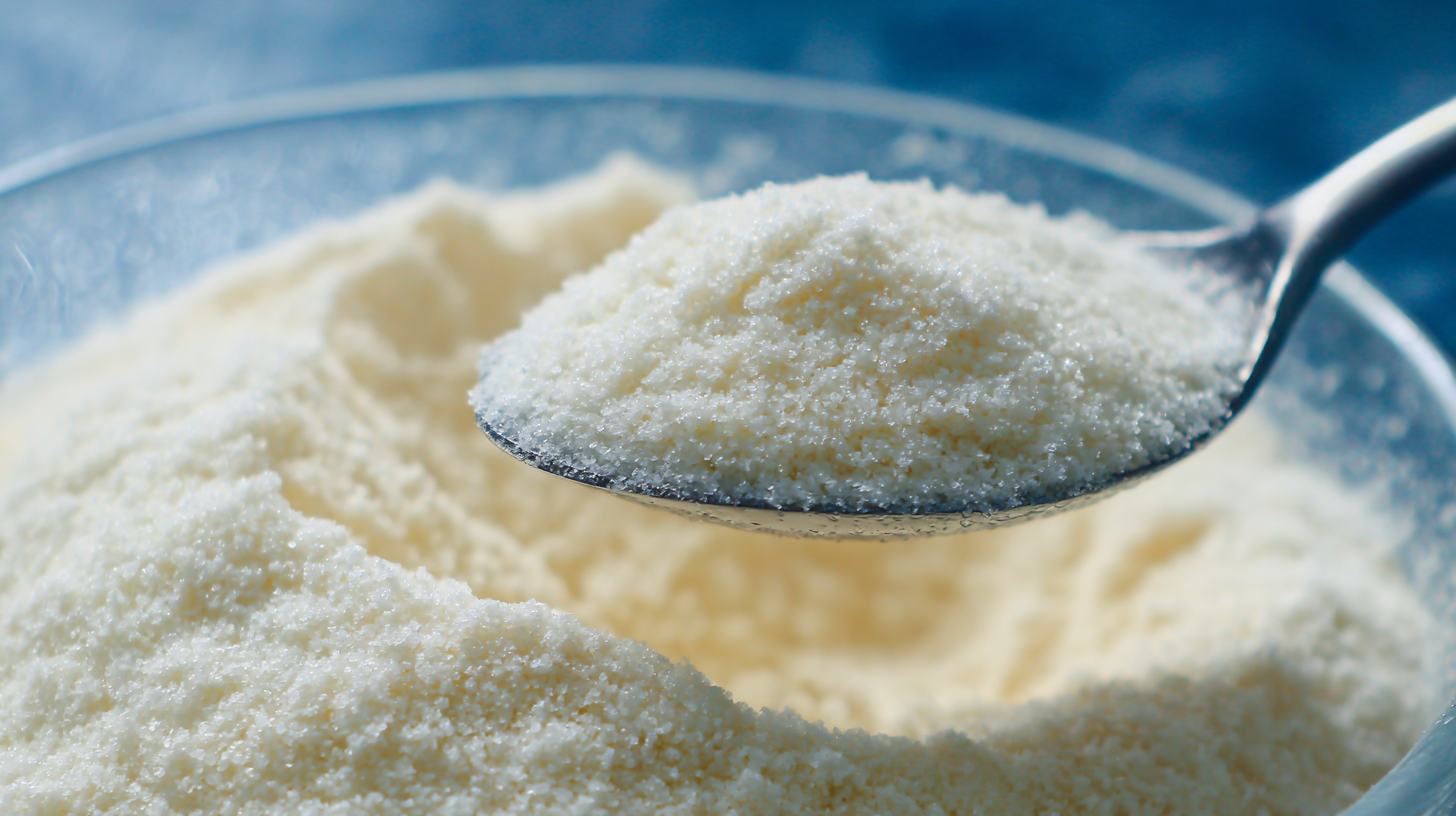
Understanding Polyacrylamide: The Basics and Industrial Applications
Polyacrylamide, or PAM for short, is a synthetic polymer that’s really making waves across different industries these days. According to a report from Market Research Future, the global market for PAM was worth about $4.4 billion back in 2020, and experts expect it to grow even more, hitting around $6.1 billion by 2027. This growth is mainly because of its rising popularity in water treatment, agriculture, and oil recovery. What makes PAM so special are its unique properties — it helps soil hold onto more water and speeds up sedimentation during water treatment, making it pretty much a must-have in those fields.
In water treatment plants, PAM acts as a flocculant, which is a fancy word for something that helps tiny particles clump together so the water gets clearer. There was a study published in the Journal of Environmental Management that showed using PAM can boost the removal of suspended solids by over 80% in some cases — pretty impressive! Plus, in farming, PAM is shown to improve soil structure and keep moisture locked in better. That leads to bigger crop yields and can even cut down irrigation needs by up to half. So, with industries always on the lookout for smarter, more eco-friendly solutions, it’s pretty clear that PAM’s role is only going to grow bigger in the future.
Unlocking the Advantages of Polyacrylamide Complex: Industrial Applications
Key Benefits of Polyacrylamide Complex in Enhancing Efficiency
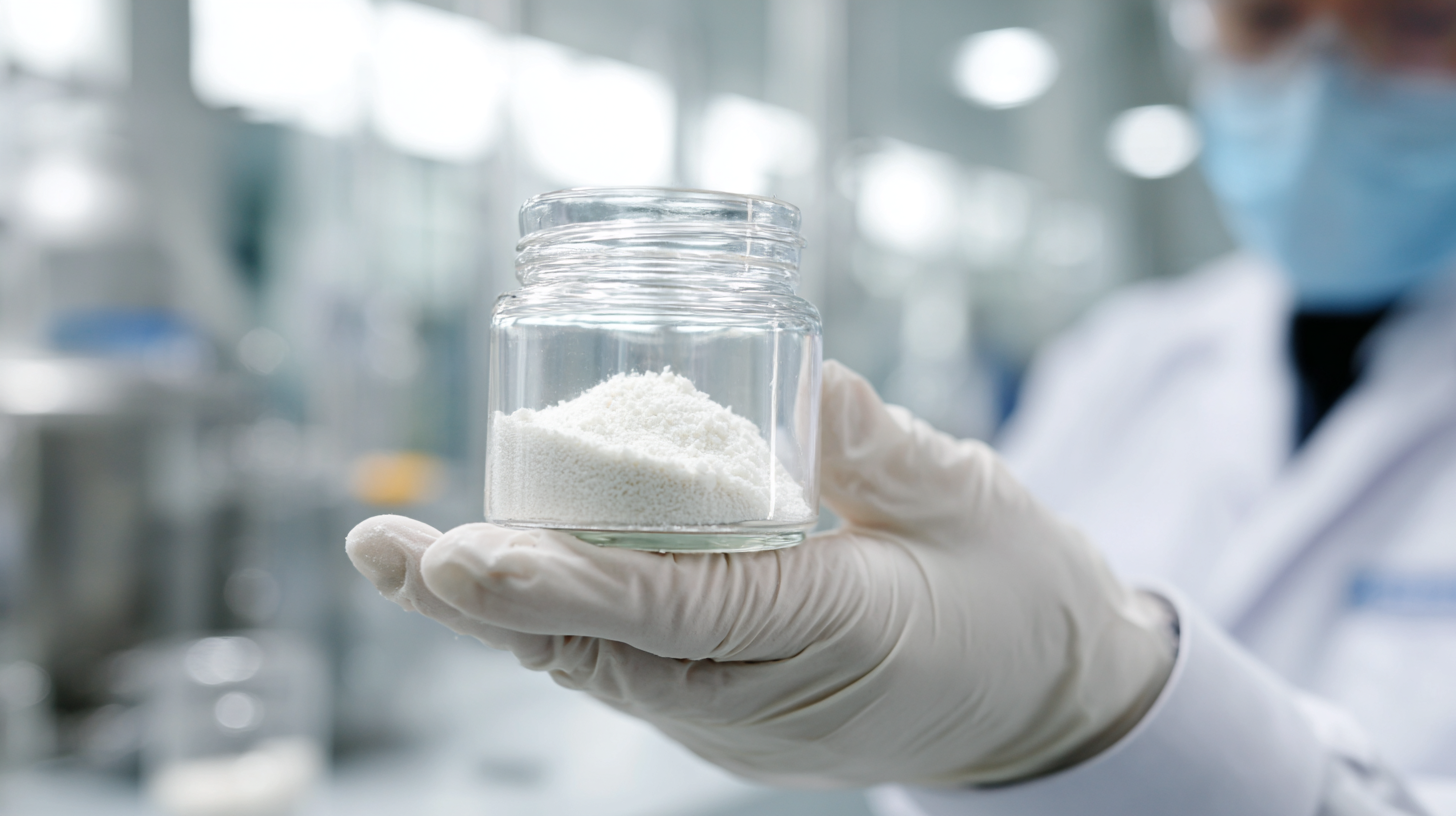 The polyacrylamide complex is really making waves in various industries these days. It’s such a versatile polymer — people mainly use it for water treatment, soil conditioning, and as a thickener. Honestly, it offers a bunch of advantages that can really help streamline operations and cut down costs. For example, when it comes to farming, improving how well water stays in the soil means farmers can get better yields without having to overwater. Plus, in wastewater treatment, it helps speed up sedimentation, resulting in clearer water, which is super important for meeting environmental rules.
The polyacrylamide complex is really making waves in various industries these days. It’s such a versatile polymer — people mainly use it for water treatment, soil conditioning, and as a thickener. Honestly, it offers a bunch of advantages that can really help streamline operations and cut down costs. For example, when it comes to farming, improving how well water stays in the soil means farmers can get better yields without having to overwater. Plus, in wastewater treatment, it helps speed up sedimentation, resulting in clearer water, which is super important for meeting environmental rules.
Pro tip: When you're using polyacrylamide in agriculture, make sure to get the right concentration. Using too much can actually cause waterlogging and hurt your crops — nobody wants that!
On the manufacturing side, polyacrylamide really helps things run smoother. It boosts the stability and thickness of liquids, making production lines less of a headache and cutting down on waste and downtime. That’s a win for everyone, especially the bottom line.
Another tip: It’s a good idea to do some testing early on. Figuring out the right type and amount of polymer for your specific process can save you a lot of hassle down the line — plus, it’s better for resource management overall.
Comparative Analysis: Traditional Methods vs. Polyacrylamide Solutions
You know, the rise of polyacrylamide solutions has really shaken things up in lots of industries—especially in water treatment and agriculture. I mean, traditional methods that use metal salts for coagulation and flocculation can be a real pain, often leading to heaps of sludge and not-so-great particle separation. According to a report from MarketsandMarkets, the demand for polyacrylamide is actually expected to hit around 5.6 billion dollars by 2025. That’s pretty huge, and it just goes to show how important this stuff is becoming as a smarter alternative to the old-school methods.
One of the coolest things about these polyacrylamide complexes is how well they help clear up water and cut down on organic junk in wastewater treatment. In fact, studies show they can cut particle concentrations by up to 90%, which is a big jump from the 60-70% you get with traditional techniques. Plus, they’re pretty tough guys—they work well across a pretty wide pH range, making them way more flexible than many traditional coagulants that can get thrown off by environmental changes.
And in farming? Polyacrylamide’s water-retention abilities are a real game-changer. They actually help soil hold onto moisture better, which can seriously boost crop yields. Research published in the Journal of Soil Science says using polyacrylamide can improve how efficiently crops use water by up to 50%. That’s pretty impressive, right? As industries look for more sustainable and high-performing solutions, it seems like polyacrylamide is really stepping up and making a big difference across different sectors.
Best Practices for Implementing Polyacrylamide in Your Industry
Using polyacrylamide across different industries can really give your operations a boost—think improved efficiency and higher productivity. But, to get the best results, it’s super important to follow practices that fit your specific needs. Honestly, the first step should be doing some thorough testing—figure out which grade and concentration work best for your setup. Every industry, whether you're dealing with wastewater, agriculture, or oil recovery, has its own quirks, so you gotta keep that in mind. Starting with small pilot tests can help you see how it performs and tweak the formulation before going all-in on a big scale.
Oh, and don’t forget about how you mix and apply it. Proper mixing is key—make sure the polymer is well hydrated and stirred properly so it doesn’t clump up. No one wants janky results because of poor mixing. Also, training your team on how to handle polyacrylamide safely and correctly is a total must—both for getting good outcomes and keeping everyone safe. And once you’re up and running, make sure to keep an eye on how things are going. Regular monitoring can reveal what’s working and what might need a little fine-tuning, so the benefits keep coming and you’re saving time and money in the long run.
Unlocking the Advantages of Polyacrylamide Complex: A Game Changer for Industry Efficiency - Best Practices for Implementing Polyacrylamide in Your Industry
| Dimension | Description | Industry Application | Efficiency Improvement (%) | Implementation Best Practices |
|---|---|---|---|---|
| Water Retention | Enhances soil moisture retention in agriculture. | Agriculture | 20-30% | Use proper mixing techniques to ensure even distribution. |
| Sediment Control | Reduces sedimentation in wastewater treatment. | Water Treatment | 25-40% | Monitor pH levels for optimal flocculation. |
| Viscosity Enhancement | Improves fluid viscosity in oil drilling operations. | Oil & Gas | 15-25% | Ensure proper temperature management during mixing. |
| Soil Stabilization | Enhances soil stability in construction. | Construction | 10-20% | Apply in layers for maximum effect. |
Future Trends: Innovations in Polyacrylamide Applications and Technologies
In recent years, polyacrylamide has really made a name for itself across a bunch of industries, thanks to its incredible versatility and efficiency. It’s no longer just used for water treatment or soil conditioning — now it’s venturing into some pretty exciting areas like pharmaceuticals and food processing. As companies look for more sustainable and budget-friendly options, the role of polyacrylamide is only going to grow. That’s largely thanks to new tech that’s constantly improving how it works and performs.
When you’re thinking about using polyacrylamide in your industry, it’s a good idea to tailor the formulations to your specific needs — that can really make a difference. And don’t forget to watch out for new trends, like blending it with biopolymers, which can help you get better results while being a bit kinder to the environment.
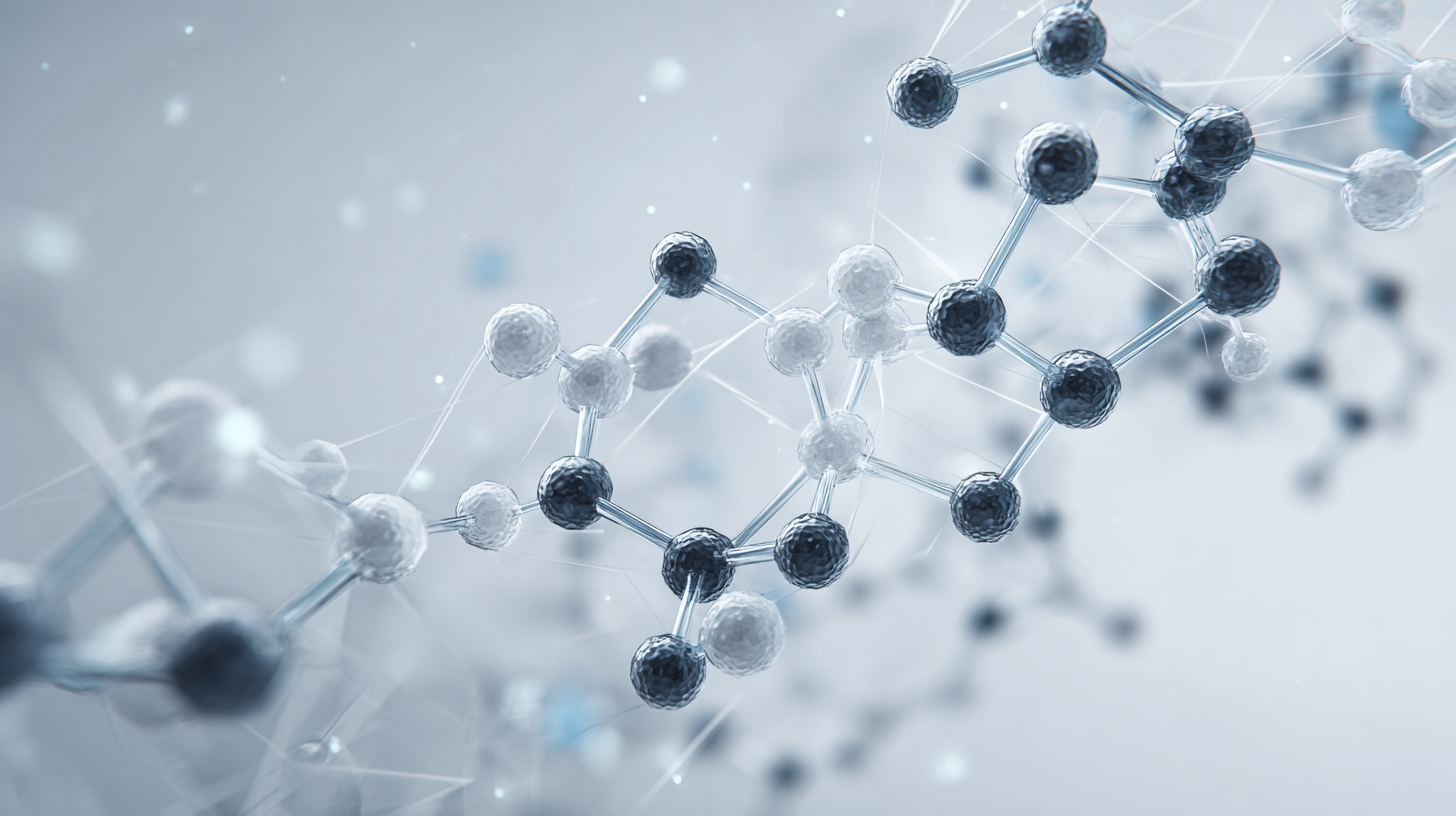
On top of that, combining smart tech with polyacrylamide is super promising. Things like sensors that monitor how well the polymer is doing in real-time can help you manage processes better and save resources. This combo of advanced materials and digital tools is really changing the game, making operations smarter and more efficient.
My tip? Keep up with the latest tech developments. Working closely with research and development teams can really help you tap into new innovations that boost productivity and make the most out of polyacrylamide’s potential.
FAQS
: Polyacrylamide (PAM) is a synthetic polymer widely used in various industrial applications, including water treatment, agriculture, and oil recovery.
The global polyacrylamide market was valued at approximately USD 4.4 billion in 2020 and is projected to reach around USD 6.1 billion by 2027.
In water treatment, polyacrylamide acts as a flocculant, helping to aggregate suspended particles for clearer water and can enhance the removal efficiency of suspended solids by over 80%.
Polyacrylamide improves soil structure and moisture retention, potentially reducing the need for irrigation by up to 50%, which contributes to sustainable farming practices.
In manufacturing, polyacrylamide enhances the stability and viscosity of liquids, leading to smoother production processes, reduced downtime, and waste.
It is important to use the correct concentration of polyacrylamide to maximize its benefits; over-application can lead to waterlogging and negatively impact crop yields.
Future trends include innovations in sectors such as pharmaceuticals and food processing, as well as the integration of smart technology that can enhance real-time monitoring of polymer performance.
Incorporating polymer testing early in process design helps tailor the specific type and concentration of polyacrylamide needed, leading to better resource management and operational effectiveness.
Biopolymer blends can enhance the environmental footprint of processes while maintaining efficiency, offering a more sustainable option for industries.
Engaging with R&D teams facilitates the adaptation of breakthrough innovations, optimizing the use of polyacrylamide for enhanced productivity in various applications.
Conclusion
When it comes to stepping up industrial efficiency, adding the Polyacrylamide Complex really marks a pretty big leap forward. If you kinda get the basics of polyacrylamide, you'll see it has a bunch of different uses across many industries—think water treatment, oil recovery, and more. Qingdao Oubo Chemical Co., LTD. is really leading the charge, supplying all sorts of polyacrylamide types—cationic, anionic, and nonionic—so companies can really tap into its benefits like better resource management and saving some cash.
Looking at how traditional methods stack up against polyacrylamide solutions, it’s clear that the latter really wins out in making processes smoother and boosting productivity. When it comes to putting these solutions into play, it’s really important to customize things based on what each industry actually needs. And as technology keeps moving forward, it’s exciting to see future innovations that will make polyacrylamide applications even better, making the Polyacrylamide Complex a real game-changer for operational efficiency.
Related Posts
-
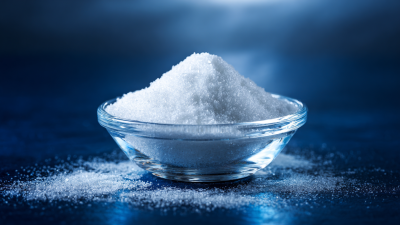
Unlocking the Future of Water Treatment with Best Flocculant Anionic Nonionic Polyacrylamide Trends for 2025
-
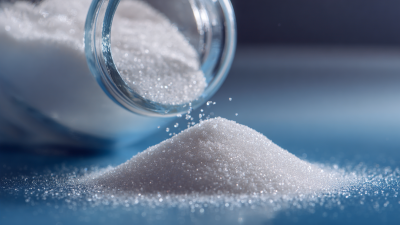
Essential Criteria for Selecting Quality Manufacturers of Best Water Treatment Polyacrylamide
-
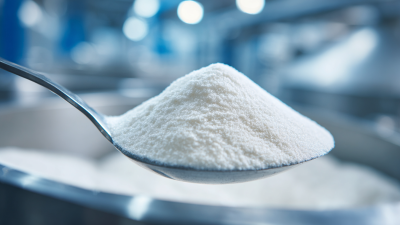
Comparative Analysis of Nonionic Polyacrylamide Versus Other Polymer Options in Industry Applications
-

How to Maximize After Sales Support and Minimize Maintenance Costs for Best Apam Anionic Polyacrylamide
-

Future Market Insights on Best High Impact Polymer and How to Leverage Opportunities by 2025
-

Market Trends and Forecast for Best Polyacrylamide Emulsion by 2025
Blog Tags:

Liam
-

Phone
-

E-mail
-

Whatsapp
-

WeChat
Jessy Lin
Paul Zhou:8613356391894 Eric Wong:8615963245439Emily Wu:8617866856171
-

WeChat
Paul Zhou

-

WeChat
Eric Wong

-

WeChat
Emily Wu








